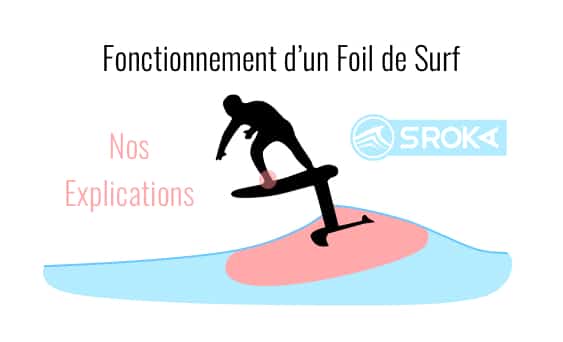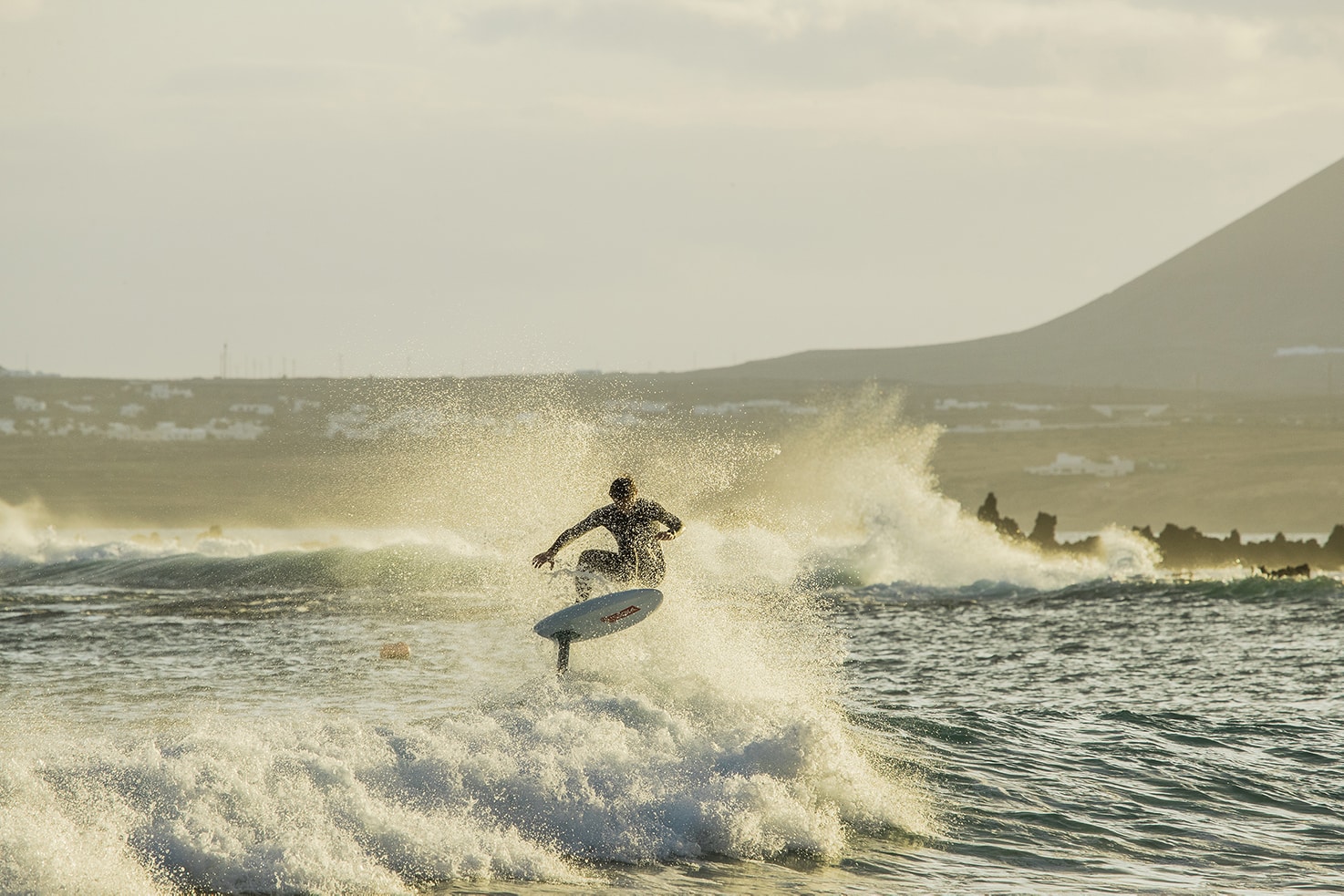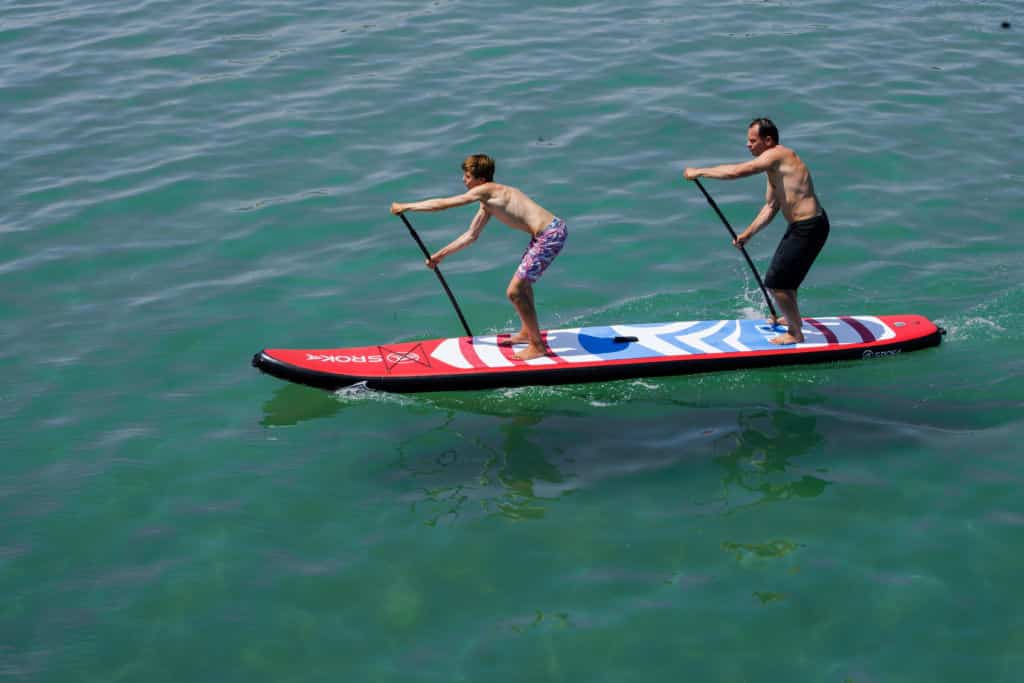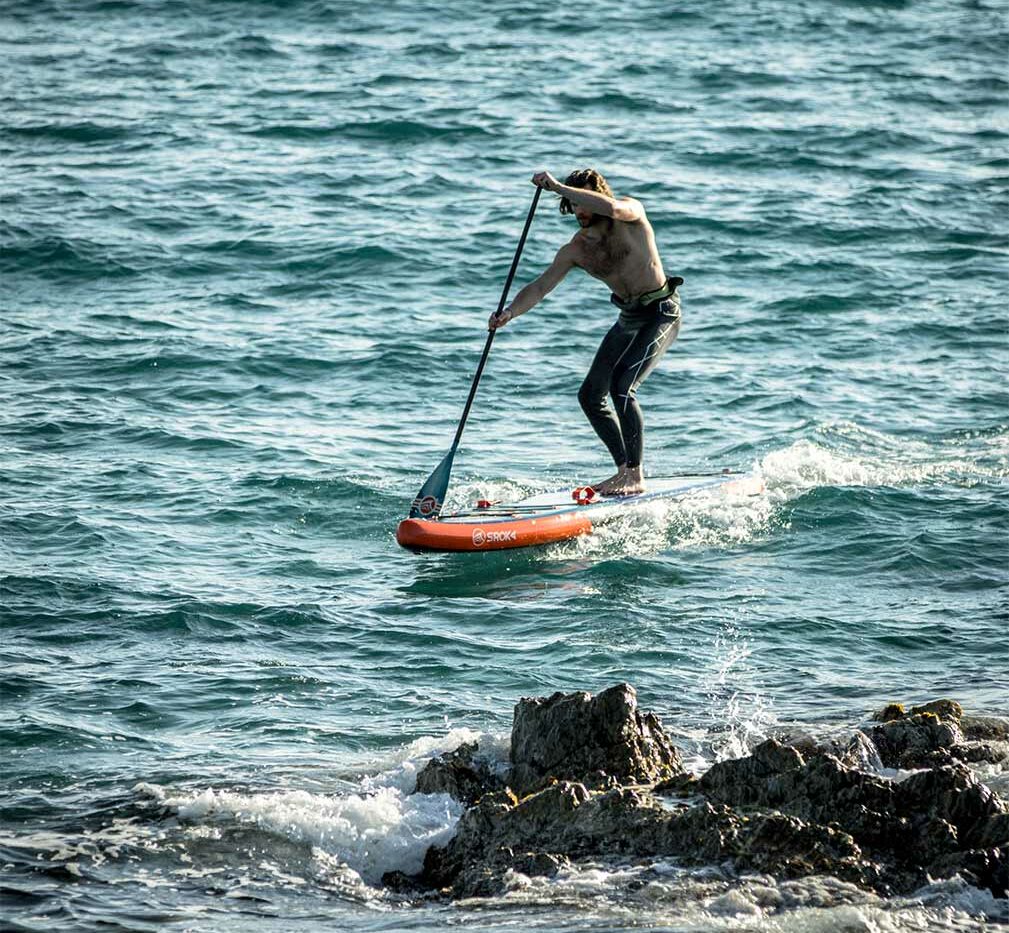 LE MAGAZINE
LE MAGAZINEHow do you store and maintain your wing equipment foil?

The storage and maintenance of your wing foil equipment is essential to ensure its longevity and guarantee its performance for future sessions. Whether you’re a beginner or an experienced rider, it’s important to take the appropriate steps to protect your equipment from the elements and maintain it properly.
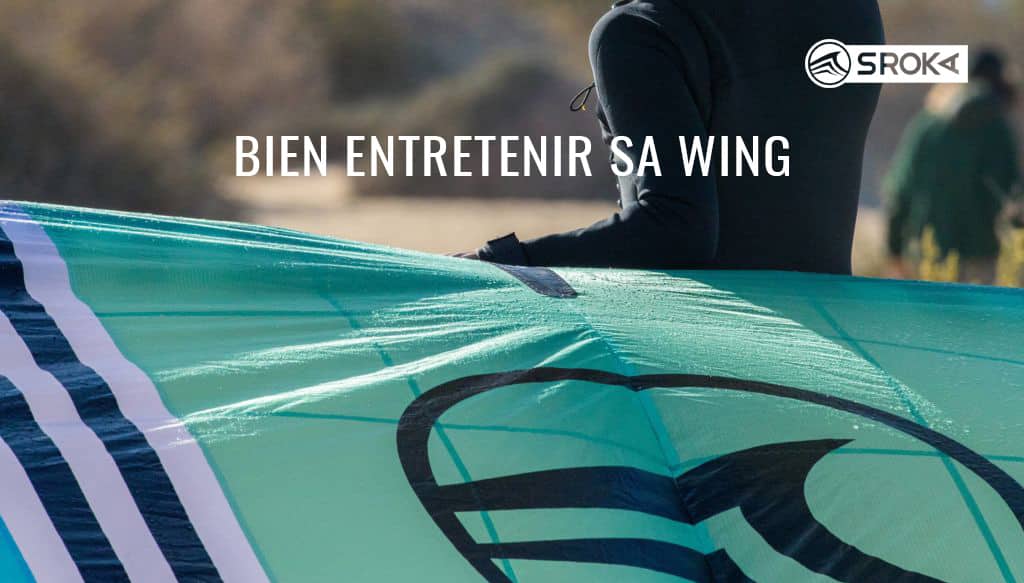
Maintenance
1. Maintenance of foil (aluminum and carbon)
- Systematic rinsing: After each session, rinse your foil aluminum foil thoroughly with fresh water to remove salt, sand and other impurities. Salt is corrosive, so thorough rinsing is particularly important for aluminum foils. For an all-carbon foil, there’s no need to rinse the foil.
- Thorough drying: Dry all parts thoroughly, paying particular attention to hard-to-reach areas. For carbon foils, avoid direct heat sources which could alter the resin, or dry your carbon parts thoroughly before putting them back in their transport bag. This will prevent the appearance of osmosis on carbon composite parts.
- Checking screws : Before each session, check screws for tightness. After each session, check the condition of the screws, especially the screw heads, which can quickly become damaged. Use a suitable tool and do not force. For aluminum foils, remember to apply a light coat of marine grease or Tef gel to the threads to prevent corrosion.
- Surface protection: For carbon foils, if you’ve had a violent impact, check the various parts for micro-cracks that could indicate future fragility. For both carbon and aluminum materials, avoid aggressive chemicals.

2. Maintenance of the wing
As the wing is subject to considerable stress, it also requires regular maintenance:
- Fresh water rinse or no rinse? After each session, some people will tell you that you should rinse your wing thoroughly with fresh water to remove salt and impurities. Others will tell you the opposite. From a pragmatic point of view, if you rinse your wing, you should absolutely dry it completely before storing it. A salted wing is less likely to be damaged if it remains damp than one that has been rinsed with fresh water but not completely dried. We therefore advise you not to rinse your wing after each session.
- Drying in the shade before winter: If you’re not going to be using your wing for a long period of time, dry and spread it out in the shade to let it dry completely. Wing foilIf you’re not going to be using your wing equipment for a long period of time, dry it and spread it out in the shade to let it dry completely. Avoid folding it in the same way every time, as the spinnaker doesn’t like to be folded in the same place.
- Check seams and reinforcements from time to time: Inspect seams and reinforcements regularly for wear and damage. A wing showing signs of wear and tear should be taken to a repair shop for checking. High pressure in the leading edges, or a spinnaker that’s starting to tear, will lead to potential breakage in the near future. To limit breakage, repair as soon as possible.
- Storage: Store your wing in a dry place, out of direct sunlight. You can use the appropriate carry bag to protect it.

3. Board maintenance
The wing board foil, whether inflatable or carbon, also requires special attention:
- Fresh water rinse? If you’re not going to be sailing for a while, you can rinse your board in fresh water. It’s also a good opportunity to do a quick inspection and check for cracks in the deck, hull or rails.
- Thorough drying: Before storing your board in its protective cover (its board mag), allow it to dry thoroughly, paying particular attention to any areas where water could stagnate. This will avoid the creation of osmosis on your board. Osmosis is a chemical reaction that occurs on composite materials when the board has been left to macerate for too long in a damp, unventilated place (such as a board bag).
- Checking pads and straps: Inspect pads and straps regularly to check their condition and tighten if necessary.
- Storage: Store your board flat, in a dry place away from direct sunlight.
Additional tips:
- Lubrication: For aluminum or stainless steel parts (screws, mast, fuselage, etc.), use a marine grease to prevent corrosion.
- Repair: In the event of damage, have your equipment professionally repaired to avoid further damage and extend its life.
- Winter storage: If you’re storing your equipment for an extended period, deflate the boards (for inflatable boards), lubricate the metal parts and store it in a dry, weatherproof place.
By following these tips, you’ll prolong the life of your wing foil equipment and ensure many more sessions of fun on the water.
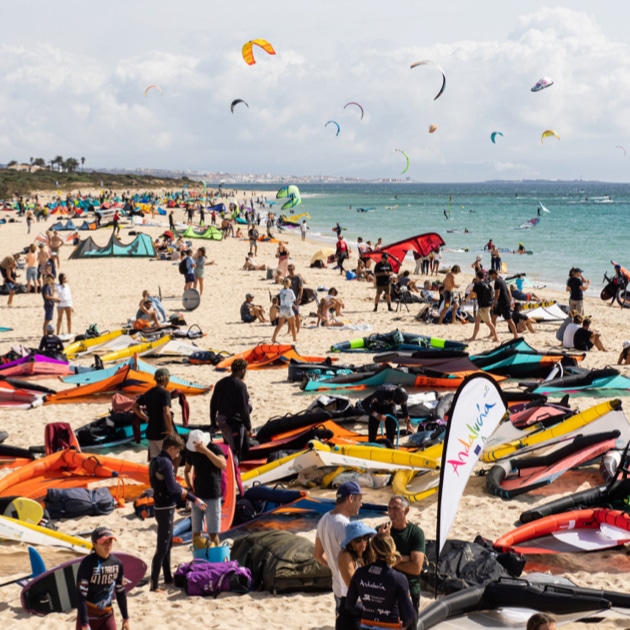
Before taking to the water again
Before taking to the water again, make sure your equipment is in good condition and ready for use. Check the following points:
- Correct inflation: If you use inflatable boards, make sure they are properly inflated. The same applies to Wing wings. Be sure to check the pressure recommended by the manufacturer. Too much pressure can damage your wing.
- Secure bindings: Check that all screws are tight and secure. Check your leash board and wing.
- No damage: Inspect your equipment for signs of damage or wear.
- Lubrication of moving parts: Apply a thin layer of marine grease to moving parts if necessary.
By following these tips, you can ensure that your wing foil equipment remains in good condition and ready to provide you with many sessions of fun on the water.
Increase the longevity of your equipment
Follow these additional tips to avoid damaging your equipment
- Never leave your equipment in direct sunlight for too long. As the hot air expands, the pressure in the wing will increase and may cause it to explode (Solution: deflate your bladders slightly on the beach).
- The same goes for your board. Carbon boards don’t like high temperatures at all. Just as you wouldn’t leave your phone in the sun in a car, the same applies to your board in the car or in direct sunlight. Put your board in the shade or out of the sun.
- Sand is very abrasive. So in strong winds, never leave a wing hit by the wind, as sand will severely damage your wing and shorten its lifespan. When not in use, store your wing in its carry bag.
- Your pump is squeaking. You need to apply a little grease to the piston to prevent the seals from overheating at each pressure stroke.
In addition to these general tips, here are some specific recommendations for SROKA products:
- Boards: SROKA Elite range boards come with a carry bag. Use this bag to protect your board during transport and storage.
- Masts and foils: SROKA masts and foils are supplied with protective covers. Use these covers to protect your masts and foils during transport and storage. Allow to dry thoroughly before storing.
By following these tips, you can ensure that your SROKA equipment remains in good condition and ready to provide you with many sessions of pleasure on the water.
Proper storage and maintenance of your wing foil equipment is essential to ensure its longevity and guarantee its performance. By following the advice in this article, you can ensure that your equipment is always ready for action, whether after a session or a long period of winter storage.
If you have any further questions, or if you have any other requests, please don’t hesitate to contact us!
 Le Magazine
Le Magazine



